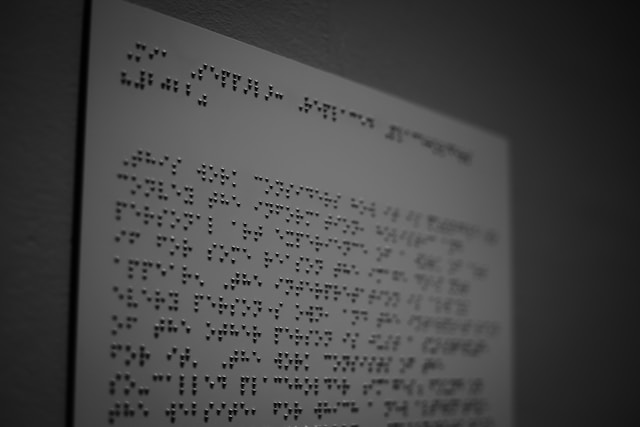How To Say “Pumpkin” In Different Languages

Unsplash: Donna McL
If you can start feeling the air getting crisp in the early mornings and start seeing the leaves turn into different shades of orange and brown and yellow and purple, you know in your heart that pumpkin-carving season is almost here. That is if you’re in the northern hemisphere, anyway. And this time of year also calls for a very quintessential flavor: the pumpkin spice flavor. Funnily enough, there’s no pumpkin included in this beloved autumnal flavor. It just got its name like that because this allspice blend – ground cinnamon, ginger, nutmeg, and cloves – is used to flavor the smooth and savory, orange pumpkin pie. Hence, the name pumpkin spice. Nevertheless, this fall favorite fruit has become an important part of the cozy autumn aesthetic. And without pumpkin, the idea and image of a chilly fall season seems to be incomplete, at least for me. But wouldn’t you agree?
- English: pumpkin (pump-kin)
- French: la citrouille (la sit-roouy)
- German: der Kürbis (der kühr-bis)
- Korean: 호박 (hobag)
- Japanese: かぼちゃ (kabocha)
- Spanish: la calabaza (la ca-la-ba-za)
- Italian: la zucca (la zoo-ka)
- Swedish: pumpa (pum-pa)
- Norwegian: gresskar (gres-kar)
- Greek: κολοκύθα (kolokýtha)
- Indonesian: labu (la-bu)
- Mandarin Chinese: 南瓜 (nánguā)
- Tagalog: kalabasa (ka-la-ba-sa)
- Turkish: kabak (ka-bak)
- Esperanto: kukurbo (ku-kur-bo)
- Vietnamese: bí ngô (bee ngo)
- Swahili: boga (boga)
- Brazilian Portuguese: a abóbora (a ah-bo-bo-ra)
- European Portuguese: a abóbora (a ah-bo-bo-ra)
- Dutch: de pompoen (de pom-poohn)
- Russian: тыква (tykva)
- Polish: dynia (dihn-ya)
- Ukrainian: гарбуз (harbuz)
- Finnish: kurpitsa (kur-pit-sa)
- Romanian: dovleacul (dohv-lea-kul)
- Yoruba: elegede (ele-ge-de)


